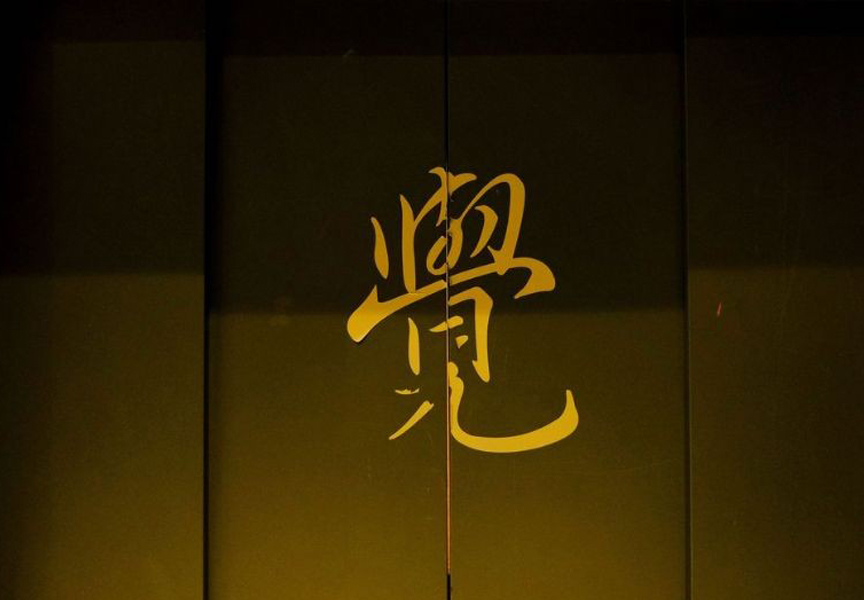Random Free Articles
- The Art of Effortless Action
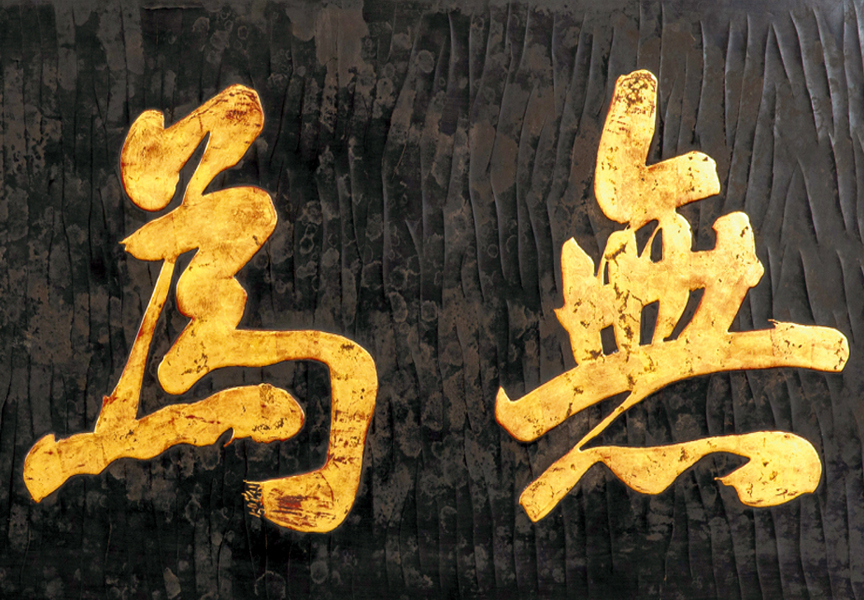
Shaolin Kungfu, an ancient Chinese martial art with a rich history, is not just about physical prowess but also encompasses a profound philosophy. One of the essential philosophical concepts within Shaolin Kungfu is Wuwei [Chin.: Wúwéi 无为], which translates to effortless action or non-doing in English. This concept, plays a crucial role in guiding practitioners to master the art. In this article, we'll delve into the significance of…
- Chinese Kung Fu Weapons
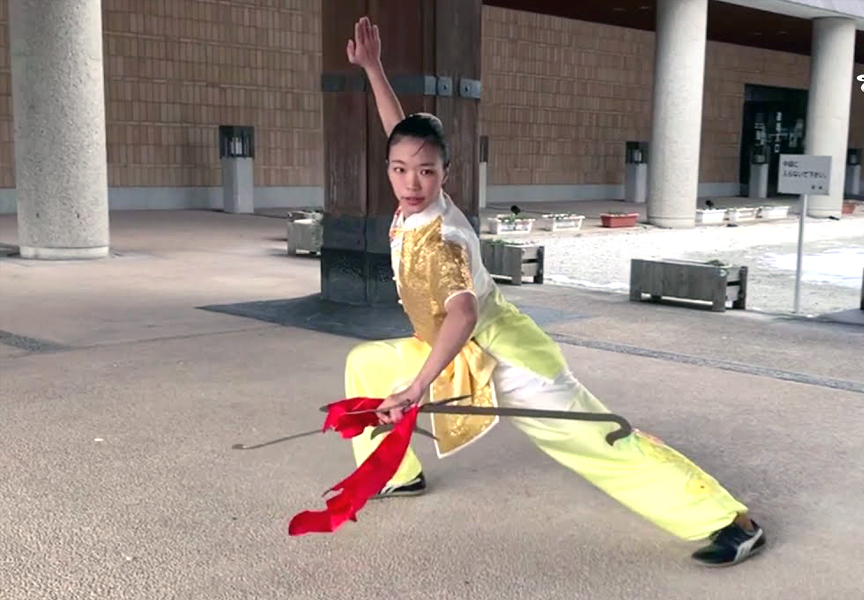
A Storied Legacy of Martial Mastery Chinese martial arts, with their rich history and diverse forms, have captivated enthusiasts around the world. Among the many facets of this ancient tradition, the array of weapons used in Chinese Kung Fu stands out as a testament to the art's depth and complexity. These weapons can be broadly categorized into long weapons, short weapons, and concealed weapons, each with its unique characteristics and…
- Concept of Family in Chinese Traditional Martial Arts

In the realm of Chinese traditional martial arts, the concept of family extends far beyond mere blood relations. It embodies a profound philosophy that transcends physical combat, emphasizing values such as loyalty, respect, and harmony. Rooted in ancient traditions and wisdom, the notion of family in martial arts serves as a cornerstone for personal development, community cohesion, and cultural preservation. At the heart of Chinese martial…
- Rouquan Shaolin Internal Exercise
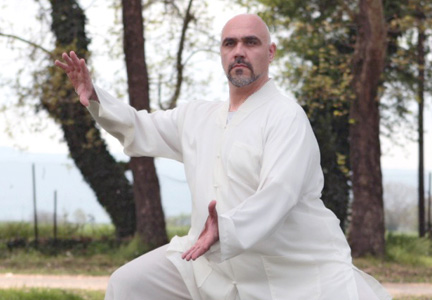
Soft Fist - Rou Quan [Chin.: róuquán 柔拳], is an excellent Shaolin Internal Exercise «Nei Gong» [Chin.: Shàolín nèigōng 少林 內功], which constantly develops human body’s physical and vital energy reserves and in conjunction with the «Five Skills» [Chin.: wǔgōng 五工], allows strides of improvement to anyone who wants to evolve his skills in concentration, balance and deep relaxation. Shaolin Rou Quan addresses to all…
- Control Mind and Emotions in Martial Arts
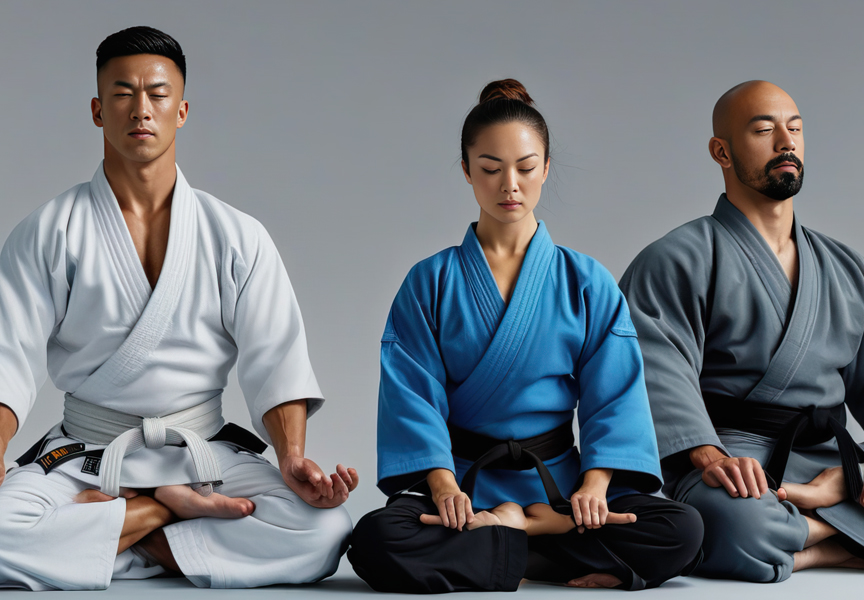
Martial arts, a practice deeply rooted in physical prowess, discipline, and mental fortitude, offers a profound journey into self-mastery. Beyond the techniques and physical conditioning lies an essential aspect often overlooked by novices and even experienced practitioners: the control of the mind and emotions. Mastery in martial arts extends beyond the dojo; it is the equilibrium of body and mind, the harmonious synchronization of physical…

